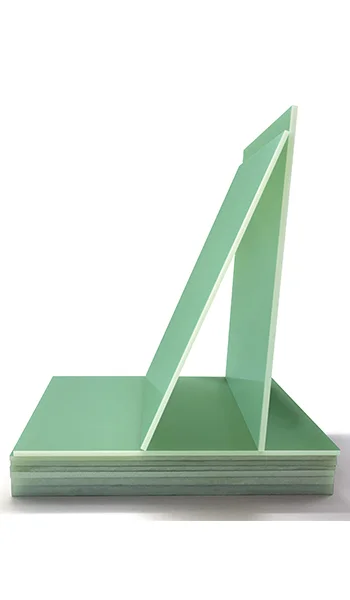Exploring the Distinctions
between FR4 and G10 Composite Materials
Introduction:
FR4 and G10 are crucial composite materials frequently utilized in the realm of electrical and electronic applications. This article delves into the distinctions between these two materials, emphasizing their composition and interchangeability.
Composition:
FR4:
FR4, a fire-retardant variant of G10, boasts a composition involving a combination of glass fabric and electrical-grade epoxy resin. What sets it apart is its inherent fire-retardant properties, rendering it an excellent choice for applications with heightened fire safety requirements.
G10:
G10, also known as NEMA Grade G10, shares a similar structural makeup with FR4. It features a blend of glass fabric and epoxy resin, but what differentiates it from FR4 is the absence of fire-retardant characteristics.
Interchangeability:
FR4 Substituting G10:
FR4 is a versatile alternative when G10 is specified in a project. This means that if your project initially calls for G10 material, you can confidently opt for FR4 as a substitution without significant apprehension, benefitting from its fire-retardant attributes.G10 Substituting FR4:
Conversely, it’s important to note that G10 should not be employed as a substitute when FR4 is the designated material. The key concern here is the potential lack of fire-retardant properties in G10, which might not meet fire safety standards.
Conclusion:
In summary, the primary contrast between FR4 and G10 lies in the fire-retardant features of FR4. When G10 is specified, FR4 can serve as a suitable replacement, but when FR4 is required, it’s advisable to stick with FR4 due to safety considerations.




